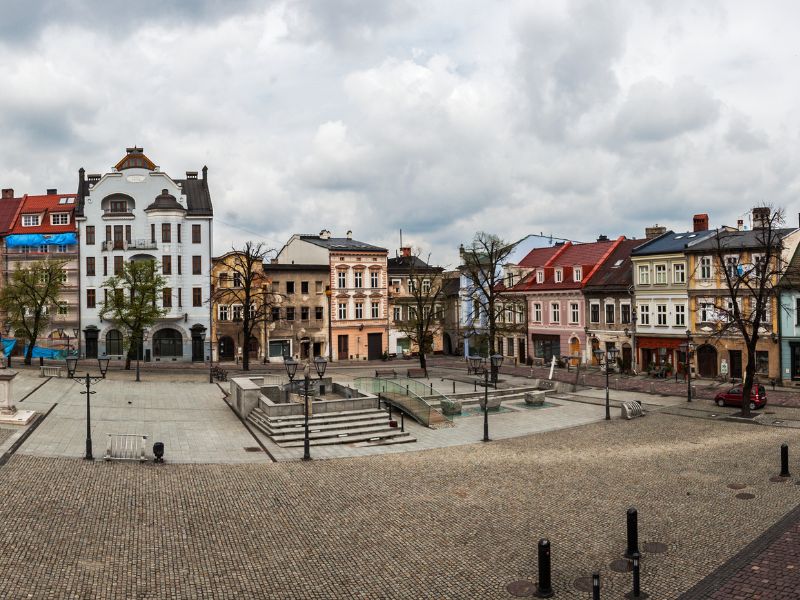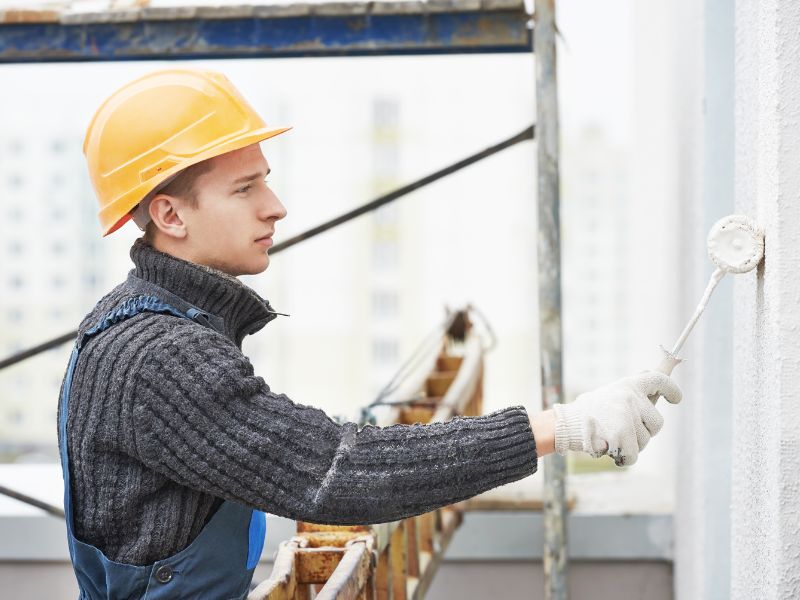Monuments serve several important functions for society. They largely testify to the cultural and historical heritage of a given region, or even an entire nation. Well-preserved architecture is a source of pride and a destination for tourists. For these reasons, it is important to take care of historic buildings, a task mostly undertaken by public administration in most countries. However, listing a property as a monument can be associated with several problems. In this article, we will take a closer look at the issue of insulating historic buildings, uncovering both the unique challenges that insulation of these historical treasures brings, as well as innovative solutions that allow for a harmonious combination of heritage protection with modern energy standards.
When Does a Building Become a Monument?
According to Polish law, precisely the Act on the Protection of Monuments and the Guardianship of Monuments of July 23, 2003, a monument is defined therein as “real estate or movable property, their part or ensemble, being a work of man or associated with his activity and constituting a testimony of a bygone era or events, the preservation of which is in the social interest due to the historical, artistic, or scientific value they possess.” This means that not every old building can be called by that name. What will testify to this? Certainly, inclusion in the register of monuments maintained by the provincial conservator. If a house or tenement is listed in this register, it means that they are under strict control and any intervention – facade renovation, extension, superstructure must be agreed upon with the monument conservator. The building can also be entered into the municipal register, which also limits the freedom to carry out renovations. How so?
Problems Associated with Building Insulation
One of the problems associated with renovating historic buildings is the issue of their thermal insulation. Many owners of tenement houses during renovations would like to additionally apply a layer of thermal insulation to meet modern building energy requirements or simply improve thermal comfort. Unfortunately, many methods of thermal insulation, including the most popular – styrofoam – are not welcome by monument conservators. Why? Because laying even a several-centimeter layer of this material can affect the historical character. Tenement houses are most often located in compact development. Adding a thick layer in just one building can make it stand out in appearance – unfortunately to its disadvantage. How can one cope?
Thermal Insulation of Monuments with Thermal Insulation Paint
Thermal insulation coatings – paints and masses – can be a good, minimally invasive, and relatively inexpensive solution. Why?
Firstly, even a single, 1-millimeter layer of such a product is equivalent to as much as 10 cm of styrofoam.
Secondly, thermal insulation paints and masses can be applied from the inside. So you can improve insulation without a renovation, which must be agreed upon by the conservator. However, making such a decision can take months, you need to describe the procedures used precisely and be prepared for inspection. But if you want to paint the walls from the inside, you don’t have to report it or ask for permission.
Thirdly, thermal coatings also reflect sunlight (over 90%), which is extremely important for historic buildings. It is thanks to this property that the buildings are additionally protected against material degradation, leaks, and color fading. Additionally, they are protected from overheating in summer.
Fourthly, thermal insulation paint is also protection against water condensation on walls, mold, and bacteria, which can inhabit older buildings, especially if they have not been renovated for many years.
And fifthly, insulation in paint is a modern and ecological solution, and moreover, safe for the health and walls of a historic building.
If you want to know more about what thermal insulation paint is, check out our article: What Instead of Styrofoam? Thermal Insulation Paint – How to Choose?).
Cracks
Old buildings are also prone to cracks and fissures. In such cases, it is good to use thermal insulation sealing compound. It will minimize the risk of thermal bridges appearing. It can also be used to protect ventilation and air conditioning ducts. Wherever there is a need for a regular sealant, you can use one that also provides thermal insulation properties.
Thermal Insulation Coating and Masses from FCOM
Thermal paints and sealing compounds can be purchased from our online store. You have two brands of paint and masses to choose from – GoThermⓇ or AT TermoⓇ. The first of these is perfect for smaller monuments, the second will be ideal for larger tenement house renovations. AT Termo also has better properties. If you still don’t know which paint to buy, see the comparison (click here) or call our hotline tel.: +48732970200.
Sources:
When Does a Building Become a Monument?, Hubert Rabiega, Gazeta Prawna,
Act of July 23, 2003 on the Protection of Monuments and the Guardianship of Monuments
The photos do not depict monuments in which thermal insulation paint was used. Source of photos – Canva
See Also:
How to Eliminate Thermal Bridges? Get Rid of Them Quickly Using Thermal Insulation Coating
Cheers! How Thermal Insulation Paint Can Improve Your Well-Being!
How to Quickly Improve Building Insulation and Reduce Heating Costs








